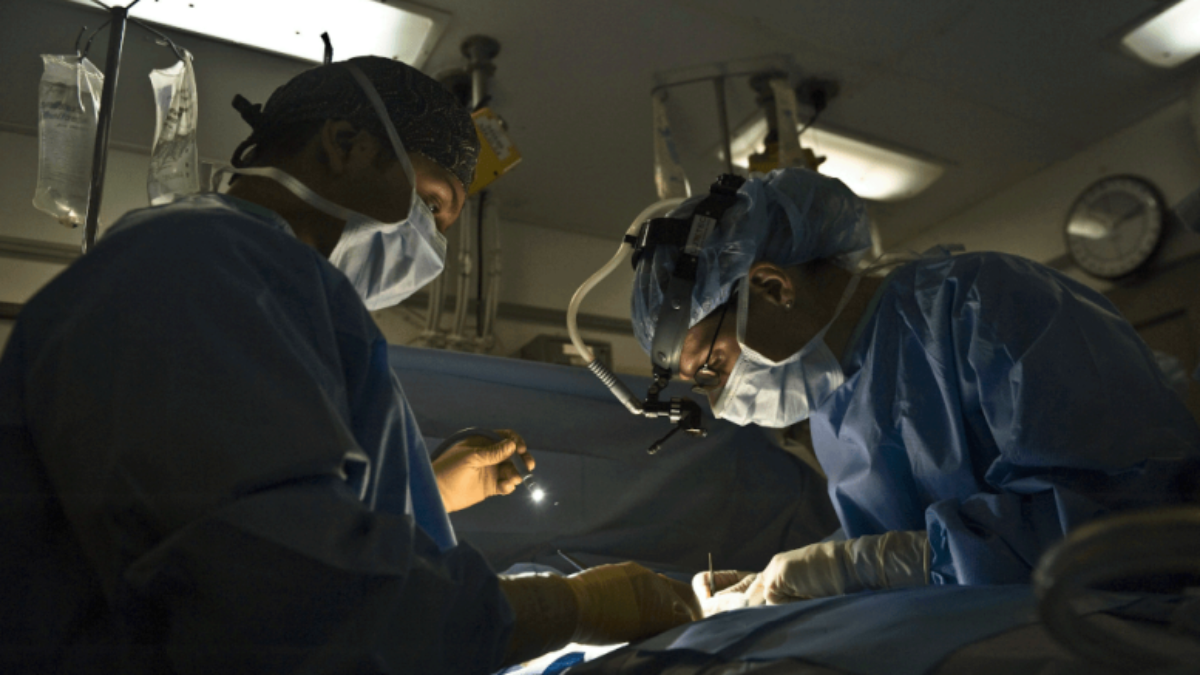Over the last few decades, scientific advancements and innovations have led to appreciable changes in our lifestyle. Substantial developments and technological evolution in the healthcare industry have made medical treatments more accessible and affordable. Medical tourism is being promoted by the government and stimulated by the corporate boom in medical care. As a result, India is fast emerging as a medical tourism hub for patients from across the world. International tourists coming to India for medical treatment demand high-quality care and world-class devices/equipment. High-end medical technology products are largely imported to India constituting about 75% of the Indian medical technology market. The complexity in surgeries faced by surgeons declined as new innovations were evolved; such evolution’s in the computer-assisted technologies effectuated navigation based surgeries around the globe. However navigation in surgery still remains a fantasy for surgeons working in low budget hospitals and patients demanding affordable surgeries. This drawback is due to the high pricing and bulky structuring of the imported navigation systems specifically built for foreign infrastructure. Considering these circumstances we proudly developed the first navigation system in India with a compact, affordable and consumable less architecture. Some of the main surgical challenges posed uneasiness in locating & reaching the anatomical targets and positioning the implants. Surgical navigation met these complexities and resulted in safer and less invasive navigation. The exponential growth of computer processing capabilities in connection with the advent of medical imaging led to the precision and safe targeting of anatomy a reality. Navigation has quickly become an integral part of the surgical routine of clinicians and an important surgical decision-making tool. The idea of navigation has gained primary significance in operating on the most delicate organ of the human body, the brain. Surgical removal remains difficult in patients with small and deep-seated brain lesions, multiple tumors or tumors in important functional areas of the brain. These challenges associated with the risks of operating on a delicate organ in a minimally invasive manner has made neuro-navigation and important aspect of neurosurgery. In the forthcoming years we can experience considerable advancements in this field for mitigating further surgical risks and enhancing the patient outcomes.
